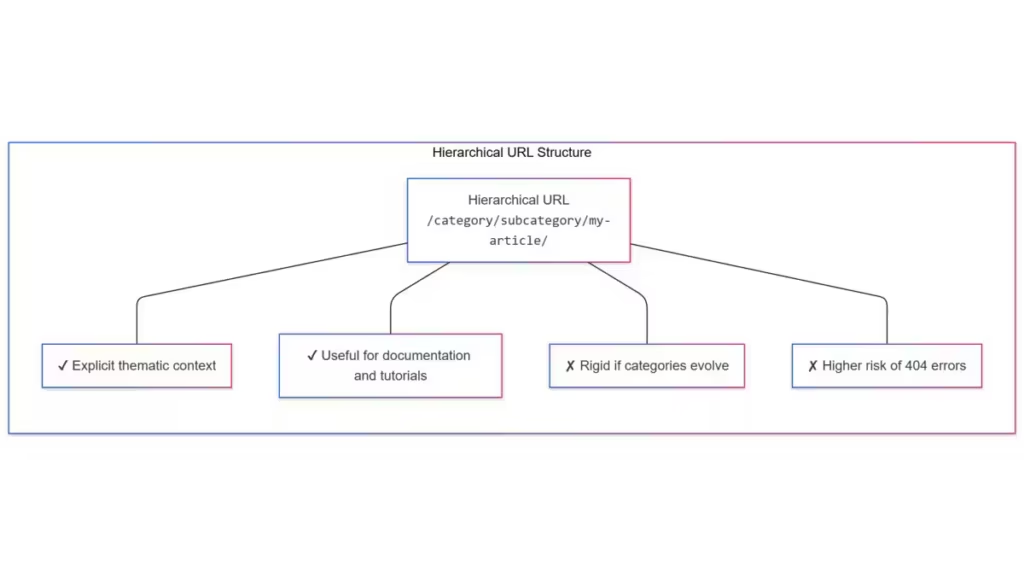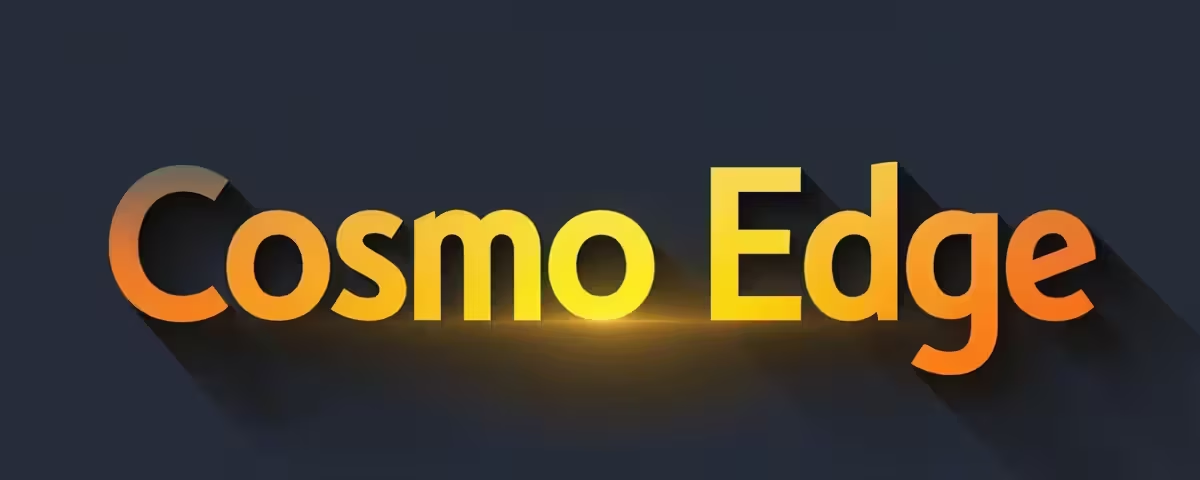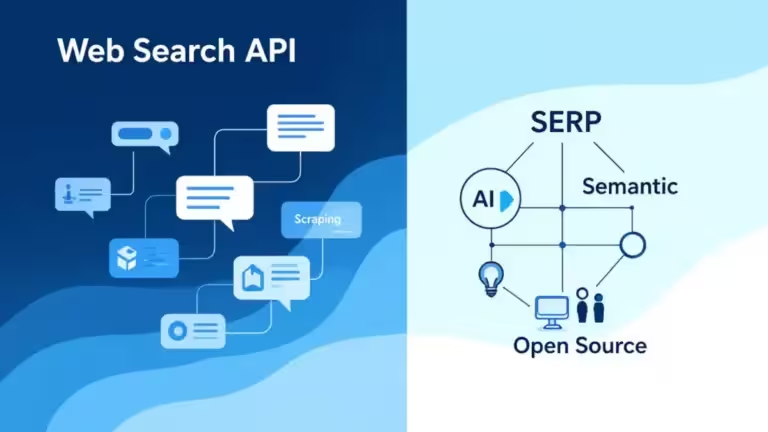WordPress URL Structure: 4 SEO Mistakes You Must Avoid in 2025

The structure of your WordPress URLs directly affects SEO performance, long-term stability, and overall site visibility. And yes, I know, you might be thinking that in the age of AI, traditional websites are losing relevance. Yet usage patterns evolve alongside model training. While AI is transforming how people search for information, there are still many situations where a website offering verified information, in-depth analysis, and relevant visuals is essential. If you are building a website today, your role is to provide perspective, expertise, and a level of depth that AI cannot always deliver. That unique value is what makes a website still truly useful.
In 2025, several URL structure mistakes continue to harm WordPress sites, leading to lower organic traffic and indexing problems. This guide highlights the four most common SEO issues, explains how to avoid them, and outlines the best practices for optimizing your WordPress permalinks.
Best WordPress URL Structure in 2025
Configuring permalinks properly remains a fundamental step in building an SEO friendly WordPress site. A clear, stable, readable URL structure improves crawlability and enhances the user experience.
Why the Post Name structure remains the standard
The Post Name permalink structure generates a short URL centered on the page title. It is easy to read, simple to index, and well aligned with SEO strategies that rely on relevant, keyword-rich slugs. This format satisfies both Google’s expectations and user intent.
SEO benefits: short, clear, keyword-focused slugs
A concise slug improves click-through rate and strengthens the semantic match between the search query and the page. A URL like /best-oled-monitor/ sends an immediate relevance signal. Clean slugs, free of stop words or unnecessary terms, maximize SEO efficiency and simplify long-term maintenance.
Why URL depth no longer influences SEO
URL depth is no longer a meaningful ranking signal. Google focuses on content quality, clarity, and internal linking rather than the number of folders in an address. A flat URL structure is more flexible, reduces technical risk, and avoids issues when categories or sections evolve over time.
The 4 SEO Mistakes You Must Avoid
A poor permalink configuration can trigger ranking drops or degrade user experience. Below are the four most common issues and how to fix them.
1. Using dated or overly deep URLs
Including dates in URLs makes content appear outdated and typically lowers click-through rate. Deep hierarchical URLs complicate content maintenance, especially during redesigns or category changes. A simple, stable structure delivers better long-term SEO performance and easier updates.
2. Adding categories to the URL when content evolves
Including categories in the URL may look organized, but it becomes a problem when site structure changes. Adjusting a category triggers multiple redirects, increases complexity, and raises the risk of 404 errors. A flat URL is more stable and more resilient over time.
3. Creating slugs that are too long or missing keywords
Long slugs reduce readability and dilute SEO relevance. Removing unnecessary words and focusing on a single primary keyword produces cleaner, more effective URLs. Search engines interpret short, meaningful slugs more accurately, improving indexing and user trust.
4. Changing permalinks without a proper SEO protocol
Modifying the permalink structure without a clear process can cause indexing loss. A strict protocol is essential: perform a full backup, set up reliable 301 redirects, check for 404 errors, and validate everything in Google Search Console. Following this workflow keeps rankings stable and prevents crawl issues.
Flat URL or Hierarchical URL: Which Should You Choose?
The choice between a flat URL and a hierarchical structure depends on your content strategy and the nature of your website.
When a flat URL structure is the best choice
For websites with frequent content updates, such as news, guides, or product reviews, a flat URL is ideal. It provides strong flexibility, simplifies updates, and reduces the risk of broken links during maintenance.
When hierarchy makes sense
A hierarchical structure can be useful for technical documentation or multi-layer tutorials. It provides visual organization and a clearer logical path, but must remain stable to avoid SEO complications.
Comparison chart: pros and cons


Special cases: WooCommerce, multilingual sites, and custom taxonomies
Some WordPress environments require a tailored approach to permalink optimization.
WooCommerce URL structure: products and categories
In e-commerce, URLs should be simple, stable, and product-centric. A flat product URL is often easier to index and reduces the risk of duplicate content. Categories can be used when necessary, but should remain consistent to avoid unnecessary complexity.
Multilingual WordPress: WPML, Polylang, Weglot
On multilingual sites, URLs must clearly reflect the language of the page. Using language-specific directories improves international SEO and provides a clean structure for users and search engines. Slugs should also be localized to maintain relevance.
Custom taxonomies: when they make sense
Custom taxonomies are useful for highly specialized sites. They structure complex content types, but should only be implemented when they bring real value. Overusing them can lead to overly complex URLs and unnecessary SEO challenges.
Also read : Pomelli AI: Google bets on automated marketing for small businesses
How to Change Your URL Structure Without Losing SEO
Altering permalinks requires careful preparation to avoid ranking drops.
The five-step protocol
A safe transition relies on five steps: back up the site, choose the new permalink structure, implement 301 redirects, check all internal links, and verify indexing in Google Search Console. This method ensures a smooth change with minimal risk.
Technical checklist before validation
Before finalizing the change, check for missing pages, validate canonical tags, and regenerate the sitemap. These actions help maintain crawling efficiency and preserve organic traffic.
Key Takeaways for 2025
In 2025, the Post Name structure remains the most reliable WordPress URL format. Avoiding categories in URLs, removing dates, and keeping slugs short are essential for strong SEO performance. Any permalink change must follow a strict protocol, including 301 redirects and Search Console verification. A simple architecture, supported by solid internal linking, remains the most effective long-term strategy.
Also read : How to Export a WordPress Post to Markdown
Sources and References
Tech Media
- As Kinsta explains, https://kinsta.com, simple URL structures reduce technical issues and improve SEO performance.
- As WPBeginner outlines, https://www.wpbeginner.com, the Post Name structure remains the most reliable permalink option.
- According to FastComet, https://www.fastcomet.com, dated URLs may harm click-through rate and reduce long-term relevance.
Companies
- According to Automattic, https://wordpress.com, permalink configuration should be aligned with your site’s needs.
- As Yoast notes, https://yoast.com, slugs should stay short, clear, and focused on primary keywords.
Official Sources
- WordPress Developer Documentation, https://developer.wordpress.org, covering permalinks and URL structure fundamentals.
- WooCommerce Documentation, https://woocommerce.com, regarding product and category URLs for e-commerce stores.
Your comments enrich our articles, so don’t hesitate to share your thoughts! Sharing on social media helps us a lot. Thank you for your support!






